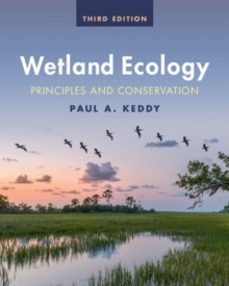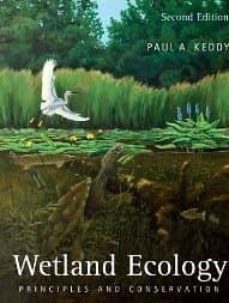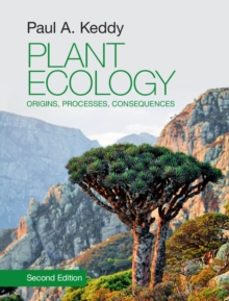Imprescindibles
Ficción
No Ficción
Ciencias y tecnología BiologíaCienciasCiencias naturalesDivulgación científicaInformáticaIngenieríaMatemáticasMedicinaSalud y dietas Filología BiblioteconomíaEstudios filológicosEstudios lingüísticosEstudios literariosHistoria y crítica de la Literatura
Humanidades Autoayuda y espiritualidadCiencias humanasDerechoEconomía y EmpresaPsicología y PedagogíaFilosofíaSociología Historia ArqueologíaBiografíasHistoria de EspañaHistoria UniversalHistoria por países
Infantil
Juvenil
Cómic y manga
Novela gráfica Novela gráfica americanaNovela gráfica europeaNovela gráfica de otros países Personajes, series y sagas Series y sagasStar Wars Superhéroes Cómics DCCómics MarvelCómics otros superhéroesCómics Valiant
eBooks
Literatura ContemporáneaNarrativa fantásticaNovela de ciencia ficciónNovela de terrorNovela históricaNovela negraNovela romántica y erótica Juvenil Más de 13 añosMás de 15 años Infantil eBooks infantiles
Humanidades Autoayuda y espiritualidadCiencias humanasEconomía y EmpresaPsicología y PedagogíaFilosofía Historia Historia de EspañaHistoria Universal Arte CineMúsicaHistoria del arte
Ciencia y tecnología Ciencias naturalesDivulgación científicaMedicinaSalud y dietas Filología Estudios lingüísticosEstudios literariosHistoria y crítica de la Literatura Estilo de vida CocinaGuías de viajeOcio y deportes
PAUL A. KEDDY
Recibe novedades de PAUL A. KEDDY directamente en tu email
Filtros
Del 1 al 4 de 4
CAMBRIDGE UNIVERSITY PRESS 9781009288644
A thoroughly updated and accessible textbook featuring topical issues such as sea level rise eutrophication facilitation restoration and conservation This third edition is richly illustrated in colour packed with examples from every major continent and wetland type and features end of chapter questions to review and extend students learning
Ver más
Tapa blanda
CAMBRIDGE UNIVERSITY PRESS 9780521739672
Richly illustrated and packed with numerous examples, this unique global perspective introduces wetland ecology from basic principles to advanced applications. Thoroughly revised and reorganised, this new edition of this prize-winning textbook begins with underlying causal factors, before moving on to more advanced concepts that add depth and context. Each chapter begins with an explanation of the basic principles covered, illustrated with clear examples. More difficult concepts and exceptions are introduced only once the general principle is well-established. Key principles are now discussed at the beginning of the book, and in order of relative importance, enabling students to understand the most important material without wading through complex theory. New chapters on wetland restoration and wetland services draw upon practical examples from around the world, providing a global context, and a new chapter on research will be particularly relevant to the advanced student planning their own studies.
Ver más
Otros
CAMBRIDGE UNIVERSITY PRESS 9780521783675
Wetlands are among some of the most productive and biologically diverse ecosystems on earth. Their very diversity has produced a fragmented area of study where each wetland type has tended to be considered in isolation. In contrast, Paul Keddy - winner of the 2007 National Wetlands Award for Research - provides a synthesis of the existing field of wetland ecology, using a few central themes. These themes include basic characteristics of wetlands, key environmental factors that produce wetland community types and some unifying problems such as assembly rules, restoration and conservation. The volume draws upon a complete range of wetland habitats and geographic regions including Californian vernal pools, Amazonian floodplains and Russian peat bogs. No other book provides ecological syntheses over the entire geographical and habitat range of wetlands, making Wetland Ecology essential reading for anyone planning research or management in wetland habitats, regardless of specific area of interest.
Ver más
Tapa blanda
CAMBRIDGE UNIVERSITY PRESS 9781107114234
Presenting a global and interdisciplinary approach to plant ecology this much awaited new edition of the book Plants and Vegetation integrates classical themes with the latest ideas models and data Keddy draws on extensive teaching experience to bring the field to life guiding students through essential concepts with numerous real world examples and full colour illustrations throughout The chapters begin by presenting the wider picture of the origin of plants and their impact on the Earth before exploring the search for global patterns in plants and vegetation Chapters on resources stress competition herbivory and mutualism explore causation and a concluding chapter on conservation addresses the concern that one third of all plant species are at risk of extinction The scope of this edition is broadened further by a new chapter on population ecology along with extensive examples including South African deserts the Guyana Highlands of South America Himalayan forests and arctic alpine environments
Ver más
Tapa dura
Del 1 al 4 de 4




























